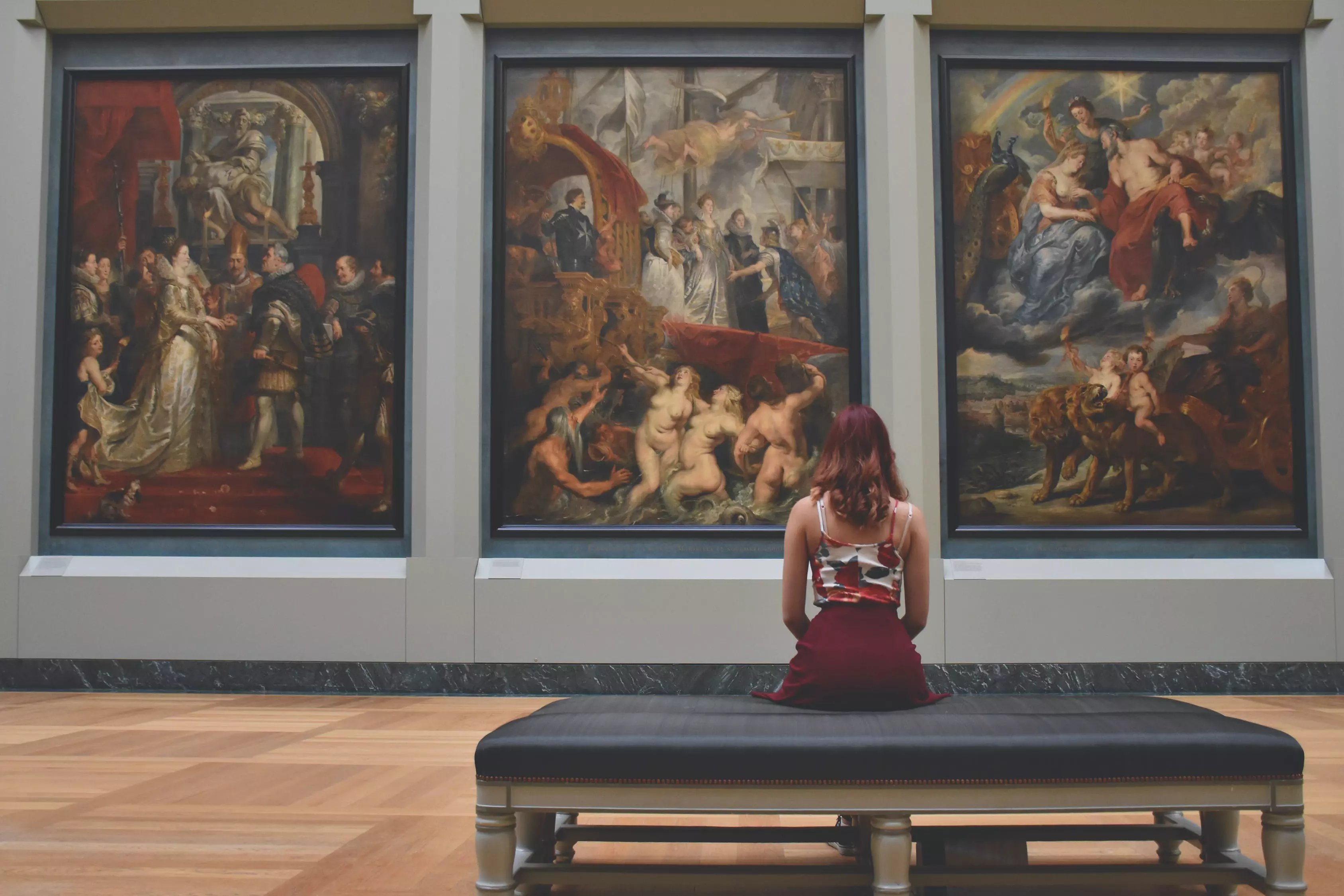As a central component to understanding art in the 20th Century, it is important to be able to identify and analyze modernism and modernity. While these are central concepts to art, they are also very different. There are boundaries that are set by art historians on modernism. The conceptualization in the relationship between the creations of art in the western world and the concepts of art in the non-western world is flawed. Certainly, there are complicated ways in which art interacts politically, historically, as well as geographically that many art historians are not considering. After reading the article “Geographies in Modernism in a Globalizing World,” by Andreas Huyssen, the reader can see how the author identifies the ways that the current ideas around modernism are much too limited in scope. The limitations that are placed upon the art create a study of modernism, as it is in the western academic environment, not as meaningful than what it could otherwise be. In taking a look at Partha Mitter’s study about Indian art from the years 1922 to 1947, there is a strong example of the way that the conceptualization of modernism is outlined by Huyssen. In the story, Mitter discusses the relationship that is taken between the modernisms that came out of the non-western world, and the modernism that came out of the western world. The analysis is similar to how Huyssen explains the relationship. Similar to Huyssen, Mitter effectively shows how the western art critics are understanding the non-western modernist obsession in the ways that they are reinforcing the dominance of the western world. Additionally, Mitter, in her discussion of Gaganendranath Tagore’s work, provides a clearly defined demonstration of the ways Huyssen contends that modernism should be known as an outgrowth of the complexities that are inherent in the ways that different cultures exchange ideas.
The Evidence of The Problematic Relationship Between Non-Western Artists and The International Avant-Garde
Mitter effectively shows the dynamics that are described by Huyssen. He provides evidence of the “problematic relationship between non-Western artists and the international avant-garde.”[1] Mitter is saying how W.G. Archer, the English art historian, is assessing the works of Gaganendranath Tagore, an innovative Indian painter. The art is exhibited in addition to various original characteristics that show Tagore’s persistent obsession with a fairytale world that is inspired by the Bengali literature.[2] Specifically, it is interested in the various jagged edges and viewpoints that are inherent in Cubism. This is also entranced with the power assumptions that are clearly included as being part of the single direction. To be further specific, it is from a center that is innovative to the urban west all the way to the outskirts. Archer has successful assessed Tagore’s work in a way that is focusing largely on “tracing Picasso’s putative influence on him.”[3] This is on pace with the dynamics of Huyssen, who describes Archer’s evaluation rather than concentrating on the original synthesis that is represented in Tagore’s art. He dismisses this work as failing at imitating. Mitter says that Archer came to the conclusion that Tagore was “un cubist manqué, in other words, his derivative works, based on a cultural misunderstanding, were simply bad imitations of Picasso.”[4] Mitter explains that a central component to the assessment, is the ways that the consideration of the influence is given when it is matched against the backdrop of non-Western art containing the characteristics that are held to be originating in the West. This provides the person who is assessing with the basis on which to dismiss the non-Western piece.
Certainly, comparing Mitter’s study and Huyssen’s argument is apparent in the way that the two are conceptualized in the relationship between the modernism of the western metropolis, and the way in which it blossomed in areas that are outside of the west. A main contention that Huysssen has in his discussion, is in the way that there is an assumption of the power distribution. This assumption has created a situation where those who are researching modernism are biased towards western modernism as being superior to non-western modernism. According to Huyssen, “For too long, non-western modernism has either been ignored in the west as epistemologically impossible, since only the west was considered advanced enough to generate authentic modernism, or were dismissed both in the metropolis and in the periphery as lamentable mimicry and contamination of a more genuine local culture.”[5] There is a consequence for this treatment, and that is with the works in the non-western sites, which are showing a more avant-garde style that could be seen as being ineffective in non-western artists in copying the forms of art from more advanced western centers.
As is apparent in Mitter’s study, there is an astute embodiment of the various types of research that Huyssen is arguing about. Mitter helps provide a more thorough understanding about the development of international modernism and the way art historians research this art. Mitter informs the reader about the conceptions of conventional historical practices that are closely related to the ways that Huyssen describes the fallacies in the ways that modernism is being studied by art historians. Furthermore, Mitter provides an in-depth analysis of Tagore’s work, while keeping with a more transactional and integrated model that is supported by Huyssen. By reading Mitter and Huyssen together, an added depth of knowledge about modernism is discovered, since Mitter helps disclose how artistic assessment is being connected to assumptions that are anchored in the power dynamics between western and non-western modernism. Specifically, Mitter provides an added dimension to modernism through the demonstration of the intricacies of an artist’s work and how it can be framed through complex nuances.
Bibliography
[1] Mitter, Partha. The Triumph of Modernism: India’s Artists and the Avant-Garde, 1922-1947. London: Reaktion Books, 2007.
[5] Huyssen, Andreas. “Geographies of Modernism in a Globalizing World.” New German Critique 100 (2007): 189-207.








